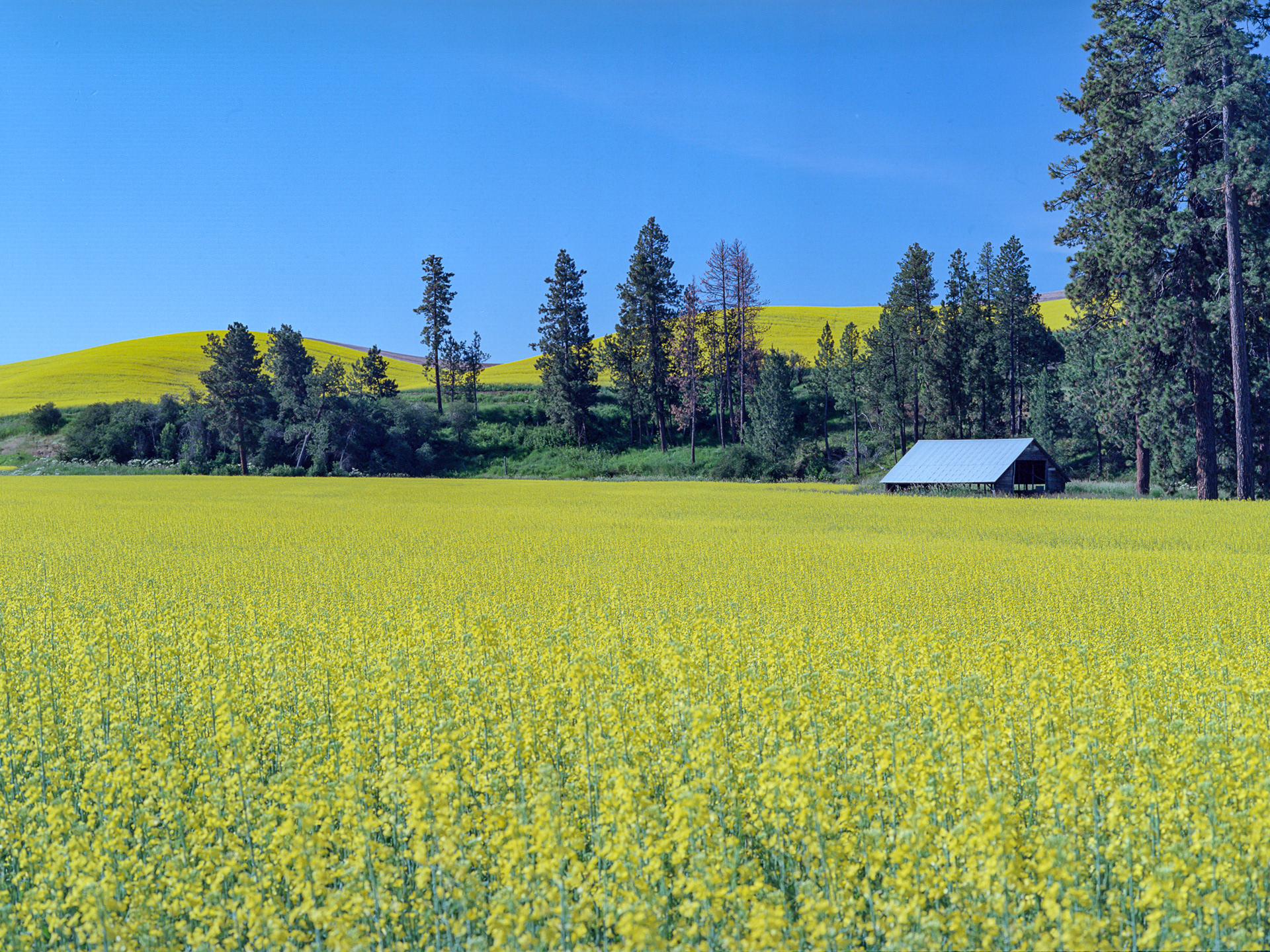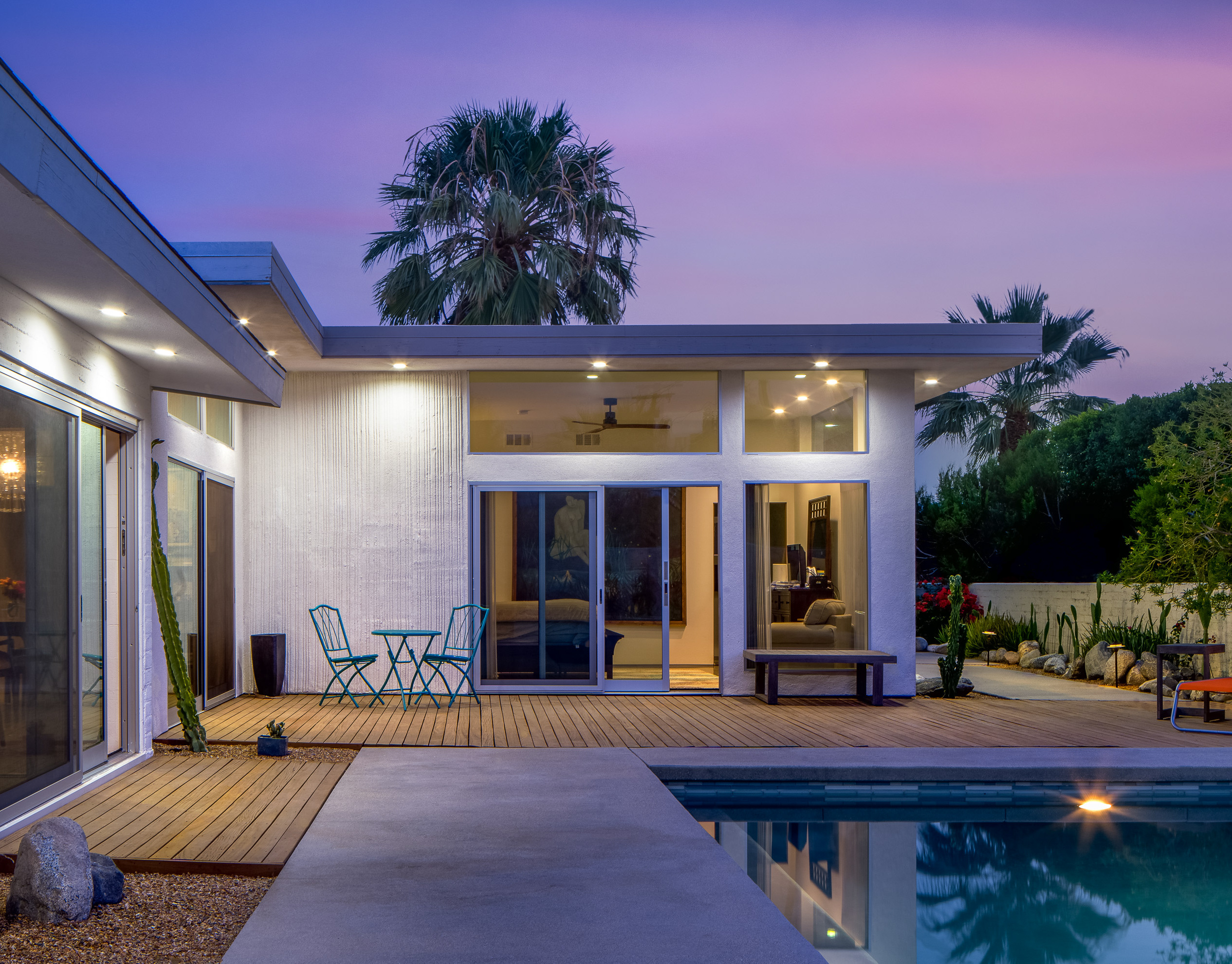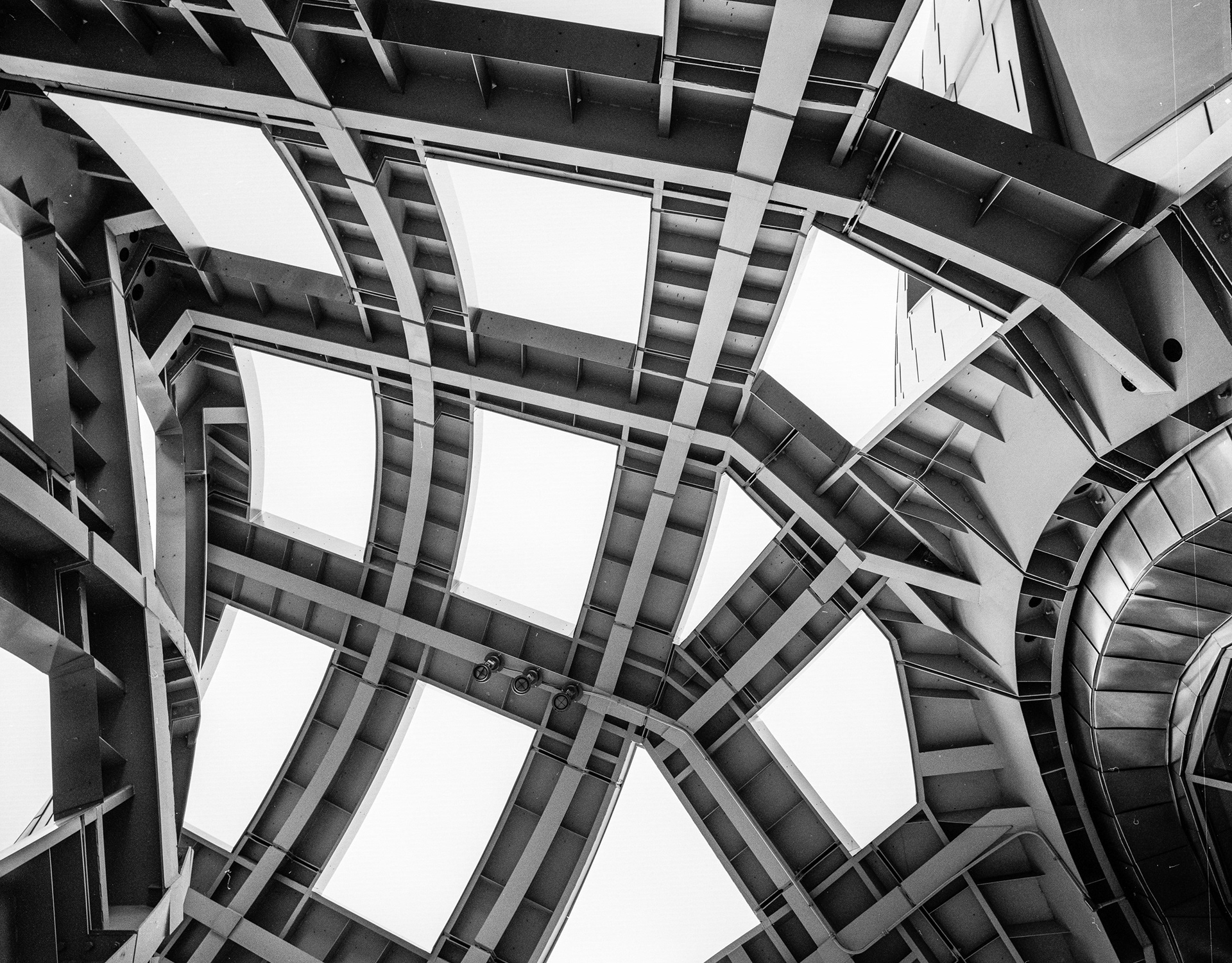The bulk of my photography business is centered around the architectural, interior and aerial images that I capture for my commercial clients.
That said, I still regularly pursue my love of landscape photography. I just don't get to show it off quite as often. Mostly that pursuit is totally for my own personal work and enjoyment. But not always.
"The" Palouse Barn Shot
Such was the case when I was approached by a student / friend who inquired about taking a week of private lessons in the Palouse region of Eastern Washington.
I'm certainly not alone in my love of this stunning region so this was an easy yes on my part.
Canola was not a problem this trip
There really is only one downside to photography in the Palouse in June, the gruelling schedule. With long, 13 hour days, and 5am sunrises, photography in the Palouse is a marathon event. In addition my student wanted Adobe Lightroom lessons sandwiched in between. So our schedule was packed.
An opportunity to practice shooting into the sun
Mornings
Since this was a teaching gig, and sometimes light is helpful in that respect, I saved my student from the typical crazy landscape photographer's start time of 4am. We typically started around 6am heading out to a location that I'd scouted on previous trips. After shooting we would meandered back to Colfax location scouting other possible locations as we drove.
Midday
Middays were filled with Lightroom work and lunch. I've been a firm believer that you can't date Lightroom, you really need to forge a long term commitment. Adobe Lightroom has the power to be an amazing editing & cataloging system for photographers, but only really gives you the goods if you're willing to put in the up front work and be disciplined.
And by disiplined, I mean monogamous. Everything goes into Lightroom and is exported out as needed from Lightroom. No dabbling in the folders on your hard drive. So this part of our week was probably the most taxing, averaging 2 to 3 hours per day, since this concept is one of the hardest to internalize.
That said, my student dove in with enthusiasm and by the end of the week had working knowledge and a basic workflow for using Lightroom. And one of the great things about Lightroom is that once you have the basics down, you can add the more complex features as needed.
Evenings
Although we may have given up some golden hour light in the AM, we had plenty of opportunity to make up for it during our evening shoots. I find late afternoon / sunset to be the perfect time to teach since there is ample time to scout locations, discuss gear choices and camera setting and then wait patiently for the light to fill in. It's also quite a bit easier to capture multiple compositions.
Final Thoughts
This was by far my most enjoyable teaching experience. The time in the field was about an equal split between intruction and capturing personal work with a bit more instruction in the beginning of the week. This gave my student the opportunity to learn by doing and to see how another photographer approaces a scene.
For my personal work, I mostly shot my Hasselbland X1D medium format digital camera. But I did managed to expose some film as well with my old Mamiya 645.

Fujifilm Velvia 50

Ilford Delta 100

Kodak Ektar 100

Kodak Ektar 100
All in all I was very happy with how the trip turned out and was very impressed with the progress my student made during the short, but very busy week. I don't see this type of thing being all that common, but I'm willing to be surprised.










